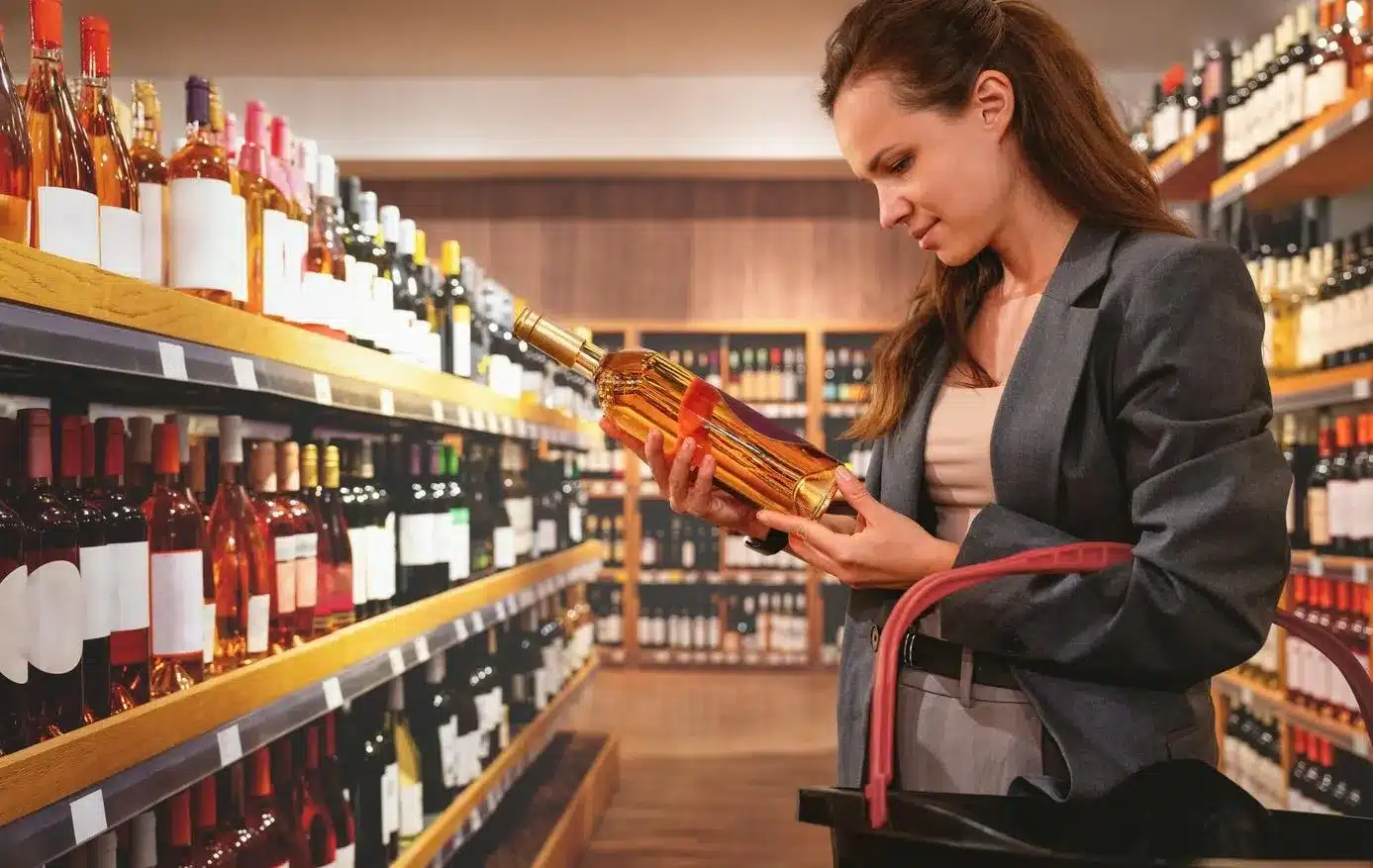
The following received via email from Yair Safriel, a physician having trained in neuroradiology. Now based between New York and Florida, he visits South Africa often – he has long had an interest in wine, and makes his own under the Safriel House label.
A lot has been made both in the pages of Winemag (see here) and elsewhere about the relatively “low” scores attained by the wines on show at London’s “New Wave – Ten Years On” tasting in May.
A close look at the scores attained by these same wines in the US reveals an altogether different view. Most of the scores were either spot-on or even over inflated. Before you make angry comments, let me tell you how the view from America may be different (as it often is).
The most influential wine publication in the US is still Wine Spectator. Why? Because it tastes everything blind. The “Ten Years On” tasting once again showed the power of blind judgment – echoing the closely aligned results you would see in Wine Spectator blind sessions. But here is the hard fact: no South African wine has ever scored above a 95 in a blind tasting by a major U.S. panel, and even that peak remains rare. James Suckling alluded to this in his report a few years ago when he noted that Hungary has more 95-point wines than South Africa.
That matters, because blind tasting levels the playing field. Unlike in sighted tastings, there is no winemaker prestige, brand story, or future access influencing the score. Sighted tastings often push top South African wines into the 95–98 bracket. This does reflect broader context and narrative. Or in other words, 94 points for the wine and 3 points for the story. On the flip side, they are inherently conflicted. Consumers expect to read reviews of the best wines and keeping access to these wines hinges on good reviews, making it hard to “bite the hand that feeds you.”
Take Samantha O’Keefe’s Lismore as a case in point: Platter’s lost access to those wines after giving one vintage a solid but unspectacular 3.5 stars some years ago. Lismore simply did not submit the wines again.
So here is the rub: When a wine earns a 92 in blind tasting, it is not a failure – it is a signal that, under strict conditions, it meets world-class standards – but is not yet beating global heavyweights. Meanwhile, the 96+ from Atkin or Winemag? Those reflect more than bottle quality – they capture story, style, and signal.
Bottom line for South African producers: In high school, one of my teachers told me “There is no comment line next to the score”. The problem for South African producers in the US is that few consumers know the story. The sole judge is the number on the shelf talker, often from Wine Spectator. Sighted tastings give you applause, narrative, and nuance. The Cape needs both – but if we want respect without context, blind judges must be heard – and let’s not pretend otherwise.

